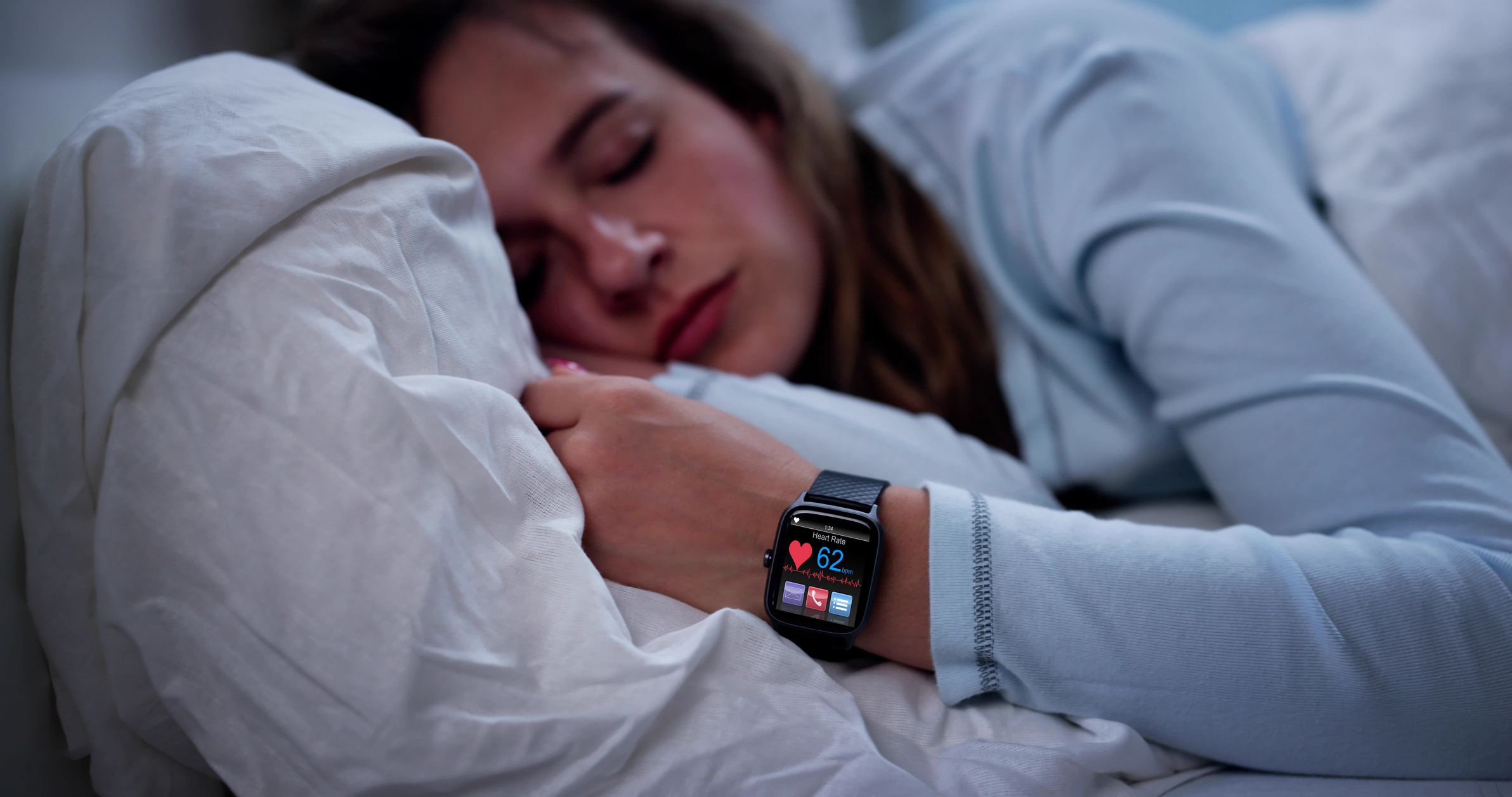The science of oral probiotics and prebiotics
Photo Cred: Curology/Unsplash
By Liz Gold
All aspects of the body are going to tie back into the skin, said Raja Sivamani, MD, MS, AP, at the 2022 Integrative Healthcare Symposium in New York City.
In this session, Sivamani, a board-certified dermatologist and Ayurvedic practitioner who practices at the Pacific Skin Institute and Zen Dermatology in Sacramento, California, shared an overview of the gut-skin axis, explained how the gut microbiome shifts in acne and rosacea, and discussed evidence for using probiotics and prebiotics.
“I was taught food has no impact on the skin, he said, “That’s when I decided I was going to go into Ayurvedic medicine.”
Many patients say they are already on a probiotic, Sivamani said, but the actual strains of the bacteria is important.
Sivamani started his session by sharing an example of a patient with long-standing alopecia areata and alopecia universalis who experienced hair re-growth after a fecal microbiota transplant.
He shared a new type of testing of using adhesive strips to pull out the hair follicle to go deeper into that area. “It is different, he said. “Nobody is testing that right now. All of what we knew was in surface swabs.”
Sivamani talked about the mechanisms of the gut-skin axis. The first is the modulation of the immune system.
We know the immune system is rich in the gut and that is going to impact the rest of the skin, he said.
The second mechanism is direct absorption, which used to be a big criticism, according to Sivamani. He said now it’s not just about absorption, it’s about how and why a person absorbs. Other mechanisms include the modulation of hormones and signaling from the gut to the skin.
According to Sivamani, the sebaceous and sweat glands sit deeper in the skin and are modulated by hormones. These glands can communicate the bloodstream to the surface of the skin.
Typically, antibiotics such as Doxycycline and Minocycline are used to treat inflammatory skin conditions, such as acne, hidradenitis suppurativa, and rosacea, according to Sivamani, but they can have adverse effects on the gut microbiome. Using antibiotics can deplete the gut microbiome of its bacterial diversity, but not always. It depends on the antibiotics.
While antibiotics are a treatment in the conventional medicine model, with an integrative approach there are a few more options, but not as many studies, Sivamani said.
He said he is seeing a lot more acne cases because of food that is driving insulin. “We really have to expand our pathophysiology of acne to think more holistic,” he said. “If you eat a lot of fatty foods, there are a lot of long chain fatty acids that come off that can be inflammatory.”
Sivamani dove into discussing acne, rosacea, and hair health. He started with sharing the holistic pathophysiology of acne and the role of nutrition. Foods and dietary chemicals are directly absorbed and have an effect, he said, pointing to milk peptides and oligosaccharides. Milk protein consumption, predominantly whey protein, leads to worsened acne, according to Sivamani. A high glycemic diet is also related to worsening acne. It also may stimulate increase of insulin and IGF‐1. He then shared the connection of nutrition to the mTOR pathway and the Western diet-driven mTORC1 hyperactivation.
He said he tells patients to come off all dairy and look at milk alternatives. He said it may be more expensive but “at the end of the day, if you want to get rid of acne, you have to look at the science.” He described whey protein as the most inflammatory protein.
While high glycemic foods, dairy products, and fried fatty foods all increase acne, fruits such as green bananas and watermelon; green leaf and yellow vegetables; peas, and cruciferous vegetables, taken three days a week can help reduce acne. He also said a Mediterranean diet, can help, as well.
Sivamani also talked about how short chain fatty acids signal from the gut to the rest of the body. He said if you can increase acetate producers, there is a potential for benefit.
Rosacea is another skin condition that is much more inflammatory and frequently misdiagnosed, Sivamani said. Innate immunity, ultraviolet radiation, vascular reactivity, epidermal barrier dysfunction, inflammation, and microbes Demodex mites and Bacillus oleronius can all cause rosacea.
Intestinal bacterial overgrowth is an overgrowth of bacteria in the small intestine. The two main causes, according to Sivamani are overgrowth of gram-positive bacteria in the proximal small intestine and overgrowth of coliform flora in the small intestine.
The symptoms of small intestinal bacterial overgrowth (SIBO) include abdominal bloating, abdominal pain, flatulence, and diarrhea. In more severe cases, there can be malabsorption, nutrient deficiencies, and weight loss.
Patients with rosacea have been found to have a significantly higher prevalence of SIBO relative to healthy patients. Sivamani talked about how breath tests were used to diagnose this condition.
He said if practitioners see a patient with rosacea, it’s important to ask about their gut. When he went into private practice, Sivamani was able to see more of the Medicaid population, who is often suffering from this rosacea. He said practitioners can built this discussion into the conventional visit. “You can do it efficiently, do it well, and they will follow your directions.”
Sivamani also talked about how rifaximin was found to help rosacea. According to one study, 51 percent of subjects with rosacea were found to have SIBO. Treatment with rifaximin was shown to clear or markedly improve rosacea in 45 percent of the subjects. However, rifaximin isn’t always easy to get, Sivamani said.
Sivamani also pointed to botanicals such as thyme, oregano, sage, ginger, and licorice that have been traditionally used as antimicrobials. According to one study Sivamani shared, herbal antimicrobial therapy was shown to have similar efficacy as rifaximin in the treatment of SIBO.
Sivamani also talked about hair health. He shared that probiotics were shown to produce more hair follicles in mice.
He said when a patient comes in with a hair loss condition, he gets excited because there are shifts an individual can make to their lifestyle. He said many of his patients are on pumpkin seed oil and have seen an improvement in hair density. In addition, scalp massages without oil have been shown to enhance hair growth.
Sivamani closed by saying the uniqueness of the microbiome changes over time, especially as one ages. “Your microbiome is ripening over time,” he said. “Personalized medicine means you have to be personalized.”
















